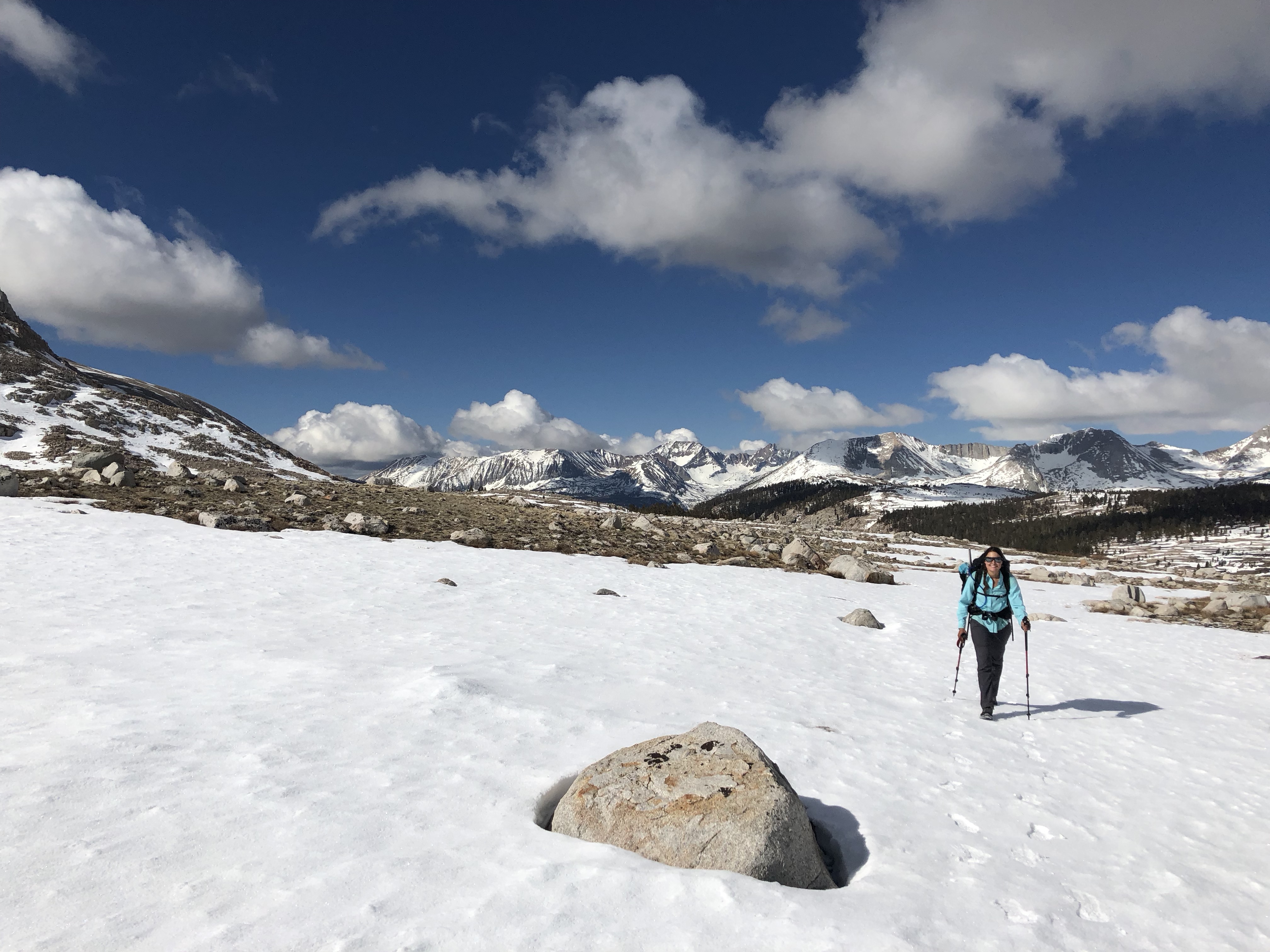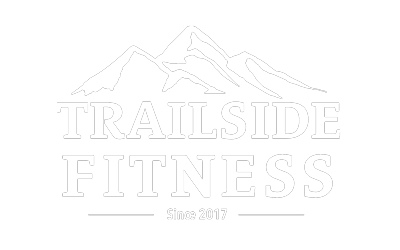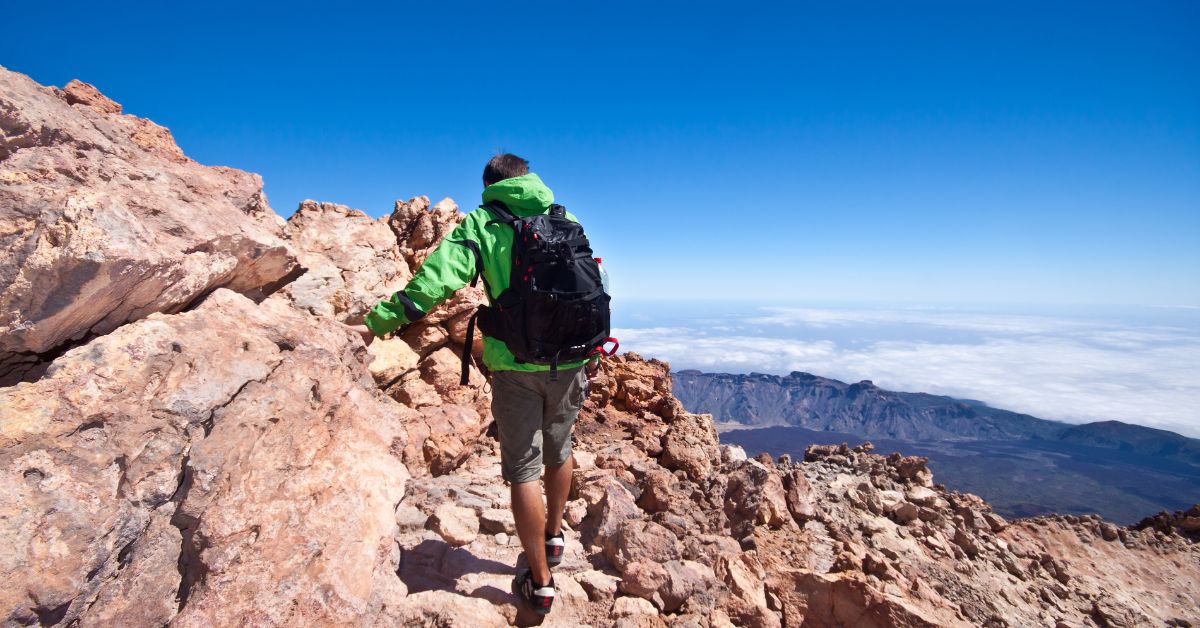Muscle Loss During A Long Distance Hike
One inevitable truth with thru-hiking is that you’ll experience muscle loss during a long-distance hike. You will return home from your hike with nice, strong legs, but what about upper body muscle loss during your hike? Since you aren’t using your upper body for walking, here’s what you can expect after months of hiking.
Efficiency In Motion
One of the biggest reasons we experience muscle loss during a long-distance hike is that the body is highly efficient. However, two factors go against hikers when it comes to muscle loss. One is specificity, and the other has to do with caloric intake.
Specificity concerns the training input and physical activities we do consistently. For example, if you’re a cyclist, you need to cycle to get better at cycling. In the hiking world, we’re on our feet and using our legs, hips, and core a lot with a relatively low need for the upper body muscles.
As the miles start to add up on a long-distance hike, the body becomes more efficient, delegating resources and needs to the more active muscle groups, i.e., you become a more efficient hiker.
Prioritizing Caloric Intake For Activity Demands
 The second reason you lose muscle mass on a long-distance hike ties directly into our previous point on specificity. The larger and much more active lower body muscles require a lot of calories to repair each day. In contrast, the upper body will need minimal calories to repair any daily use needs.
The second reason you lose muscle mass on a long-distance hike ties directly into our previous point on specificity. The larger and much more active lower body muscles require a lot of calories to repair each day. In contrast, the upper body will need minimal calories to repair any daily use needs.
Another part of this process is neuromuscular adaptation. This is when your body recognizes you are not using the upper body muscles as much. As a result, your body starts to reduce nerve activity in these muscles. Your body will keep enough muscle fibers active to match the daily needs, but no more.
This helps reduce the caloric demand to maintain muscle. Have you ever heard the phrase “use it or lose it”? That’s precisely what it means. When we aren’t using our muscles, the body prioritizes resources, thus losing size and strength. Let’s look more at how neuromuscular adaptation works below.
The Science Behind Muscle Loss During A Long Distance Hike
When starting any workout program, you won’t build muscle in the first 4-8 weeks. That adaptation will vary for each person based on a number of factors. Strength “gains” come from your body and muscles becoming more efficient. Each muscle has nerves that receive and send signals from the brain to contract or relax.
As you stimulate the muscle during the first 4-8 weeks, the body activates more nerve connections to make the muscle you have as efficient as possible – neuromuscular adaptation in action!
The gains will be much slower after the initial 4-8 weeks. You have maxed out the nerve engagement, and now the body needs to add size, requiring more resources to build and maintain muscle – this is where calories become essential.
Now What?
Simply put, you are hiking, so hike! The calories you eat must go towards recovery for working muscles and fueling your hike, not maintaining your unused upper body. Skip push-ups or pull-ups while hiking. Your body needs to prioritize the calories you can eat to recover other hard-working systems. There is no need to delegate precious calories to relatively unused upper body muscles.
You will retain the upper body and core muscle to carry your pack and shoulder resupply pack weights. Remember, your body will keep enough muscle around to meet the demands it is getting. Trekking poles don’t weigh enough to maintain any resemblance of strength in your arms. However, your triceps and deltoids will see activity with trekking pole use. The volume of work might be high, and the load needs to be higher to really build any muscle in these areas.
Embrace Muscle Loss During A Long Distance Hike
There are three main body types. Some people are naturally thinner with less muscle mass, others more muscular, and some fall between those two types. Unless you naturally carry more muscle, expect to lose a fair amount of upper body strength.
Unless you have the genetics and body type that easily maintains muscle, prepare to look like a T-Rex: big, strong legs and tiny arms, perhaps more so in males than females. Plan to rebuild strength when returning home. Staying active will help combat post-trail depression. Post-trail depression is a topic for another day, but have a plan for post-trail activities!
Updated on 5/6/2024


Recent Comments